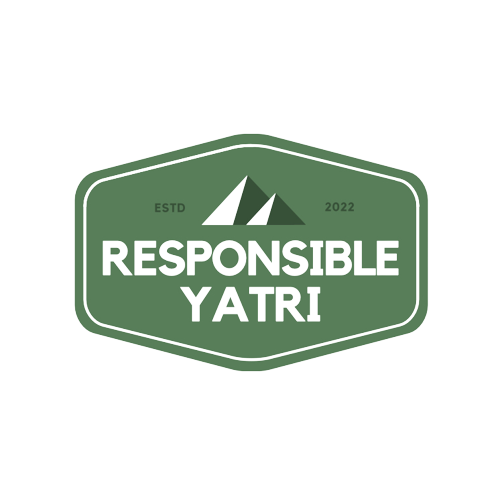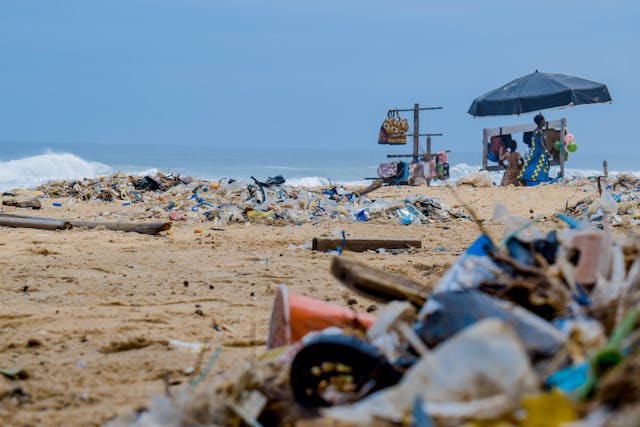The presence of toxic foam in the Yamuna River is a concerning environmental issue that has been drawing attention due to its detrimental impact on both the river ecosystem and public health. The Yamuna, one of India’s major rivers, has been facing pollution challenges for several years, and the formation of toxic foam is a visible manifestation of the pollution levels.

Causes of Toxic Foam:
- Industrial Discharges: The discharge of untreated industrial effluents containing harmful chemicals and pollutants into the river is a significant contributor to the formation of toxic foam.
- Domestic Sewage: Improper disposal of domestic sewage and wastewater, often containing detergents and other contaminants, adds to the pollution load in the river.
- Agricultural Runoff: The use of fertilizers and pesticides in agricultural activities in the Yamuna’s catchment area leads to the runoff of chemical residues into the river, contributing to foam formation.
- Low Water Flow: Insufficient water flow in the river exacerbates the concentration of pollutants, making it easier for foam to develop.
Impact on the Environment:
- Water Quality: The presence of toxic foam is indicative of high levels of pollution, negatively impacting the water quality of the Yamuna. This, in turn, affects aquatic life and biodiversity.
- Ecosystem Disturbance: The foam can smother and disturb the aquatic ecosystem, disrupting the natural balance and endangering various species that depend on the river for their survival.
- Air Pollution: When the foam breaks down, it releases airborne pollutants, contributing to air pollution in the surrounding areas. This can have adverse effects on the respiratory health of nearby communities.
- Public Health Risks: The chemicals present in the foam pose a threat to public health. Direct contact with the foam or consumption of contaminated water can lead to various health issues.
Steps Taken and Remedial Measures:
- Water Treatment Plants: Implementing and upgrading water treatment plants to effectively treat industrial and domestic wastewater before it is released into the river.
- Regulatory Measures: Enforcing stricter regulations on industrial discharges and monitoring compliance to prevent the release of harmful pollutants.
- Public Awareness: Raising awareness among the public about responsible waste disposal practices and the importance of preserving the Yamuna’s ecosystem.
- Afforestation: Planting trees along the riverbanks and in the catchment area to reduce soil erosion and filter pollutants before they reach the river.
- Government Initiatives: Supporting and implementing government initiatives aimed at cleaning and rejuvenating the Yamuna, with a focus on sustainable water management practices.
Addressing the issue of toxic foam in the Yamuna River requires collaborative efforts from the government, industries, and the public to adopt sustainable practices and reduce the overall pollution load on the river. It’s crucial to prioritize the health of the Yamuna ecosystem for the well-being of both the environment and the communities dependent on the river.





